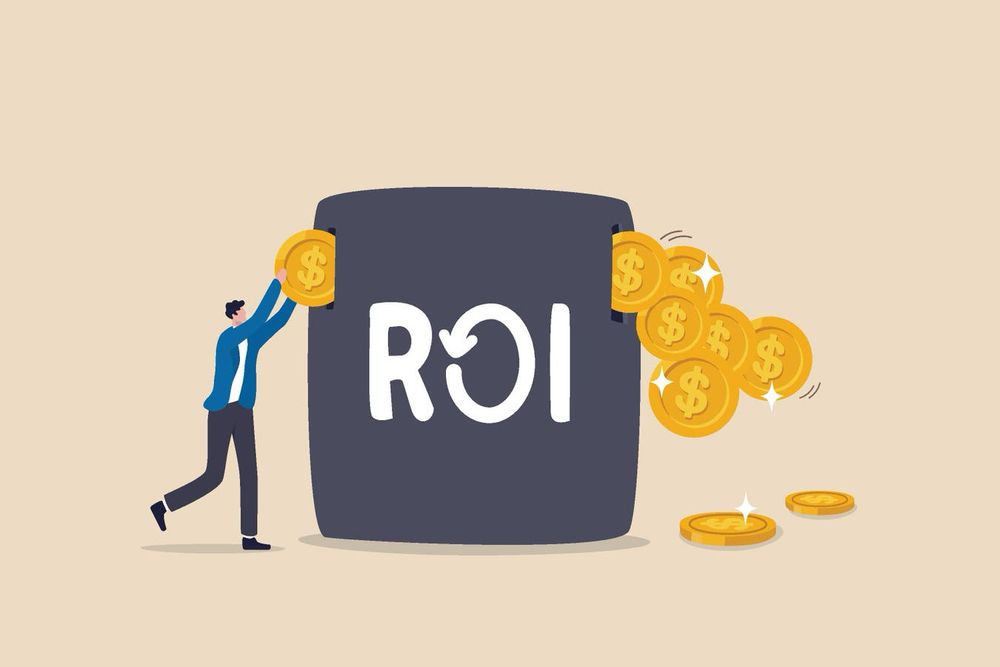
precisionneuro.stanford.edu
Researchers used EEG, facial expression analysis, & self-reports to track naturalistic acute pain in individuals with epilepsy.
In @natcomms.nature.com
www.nature.com/articles/s41...
#neuroskyence 🧪
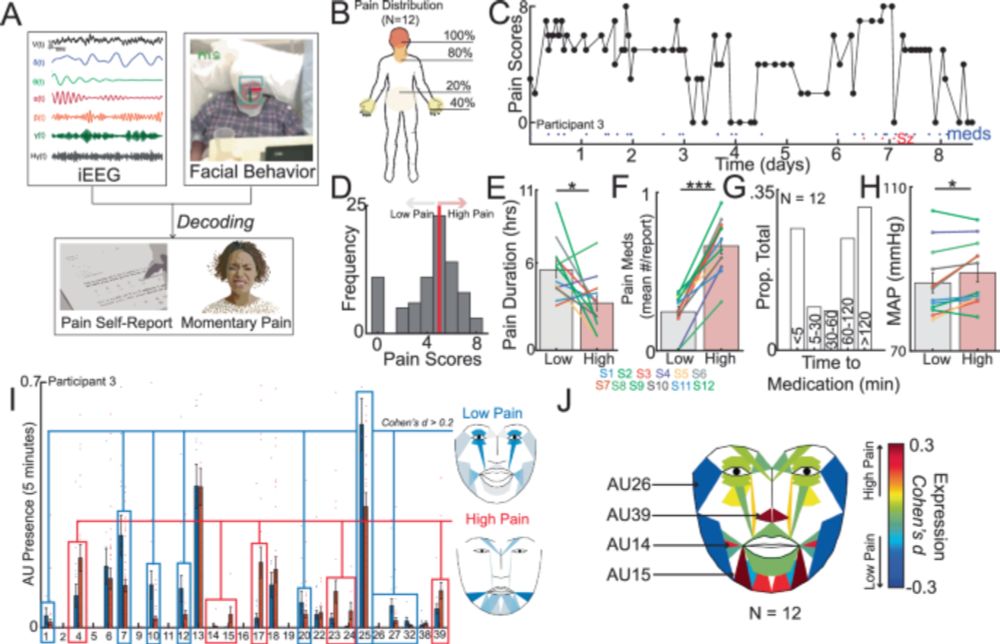
Researchers used EEG, facial expression analysis, & self-reports to track naturalistic acute pain in individuals with epilepsy.
In @natcomms.nature.com
www.nature.com/articles/s41...
#neuroskyence 🧪
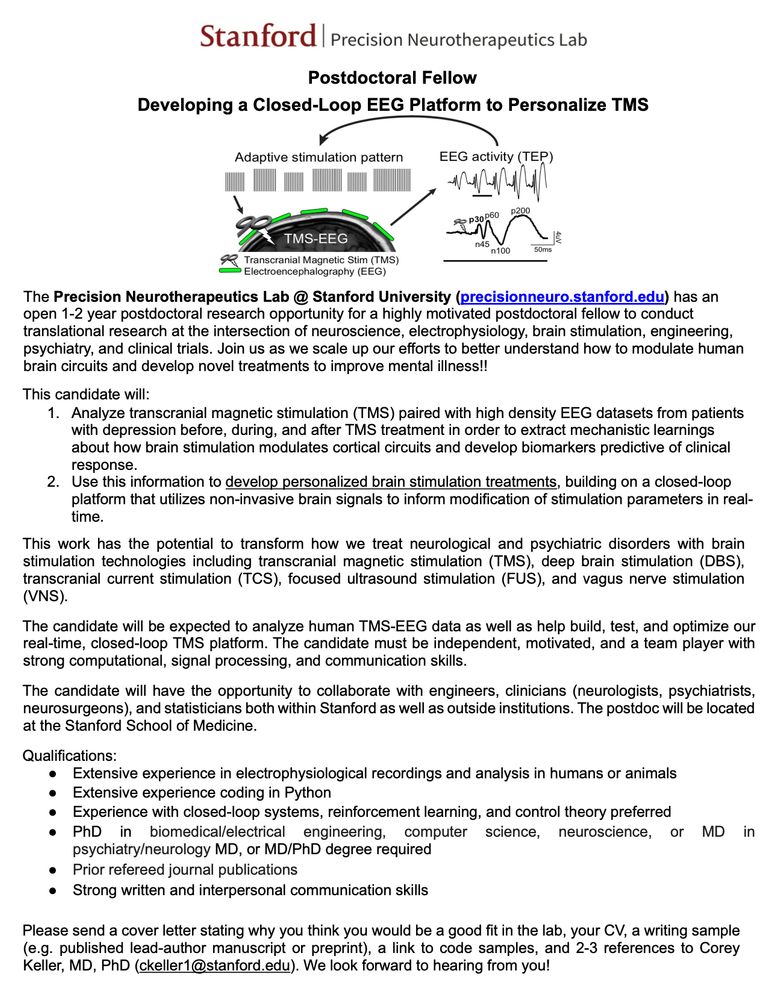

Deaths from stroke down 75%, that’s NIH.
HIV/AIDS no longer a death sentence, that’s NIH.
99% of FDA approved drugs in the last decade, that’s NIH.
Please show this video to anyone who doesn’t understand why the NIH is so important.
Deaths from stroke down 75%, that’s NIH.
HIV/AIDS no longer a death sentence, that’s NIH.
99% of FDA approved drugs in the last decade, that’s NIH.
Please show this video to anyone who doesn’t understand why the NIH is so important.

@sparmi.bsky.social @stanfordpntlab.bsky.social @clinicalneuroph.bsky.social doi.org/10.1016/j.clinph.2025.02.261 1/7
@sparmi.bsky.social @stanfordpntlab.bsky.social @clinicalneuroph.bsky.social doi.org/10.1016/j.clinph.2025.02.261 1/7
@saraparmi @KellerStanfordU @ClinicalNeuroph doi.org/10.1016/j.clinph.2025.02.261 1/7




Learn more and apply by April 11: neuroscience.stanford.edu/shared-resou...
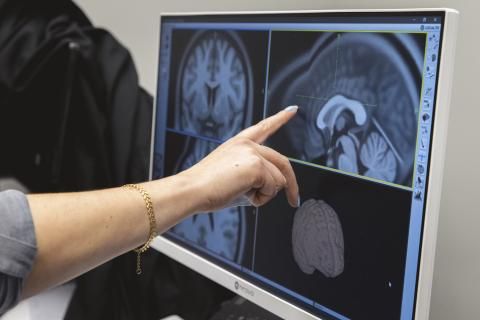
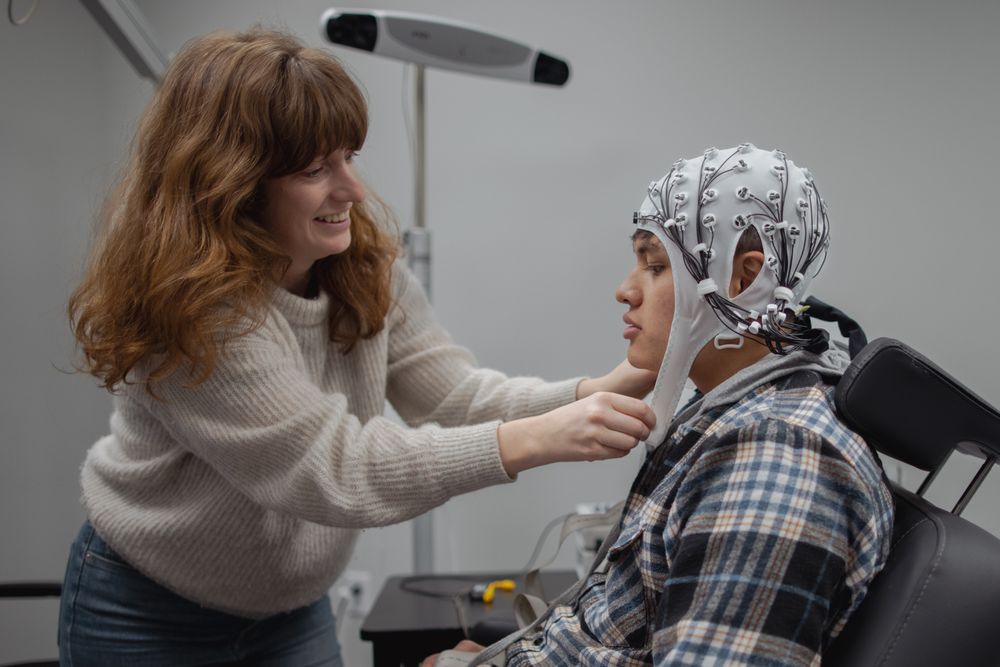
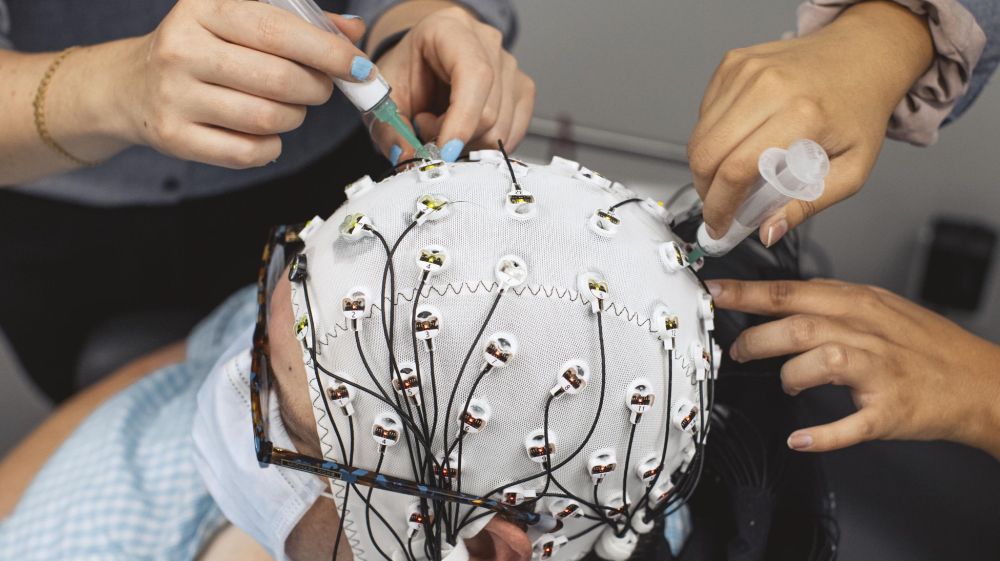
Learn more and apply by April 11: neuroscience.stanford.edu/shared-resou...


Learn more: neuroscience.stanford.edu/news/brain-i...
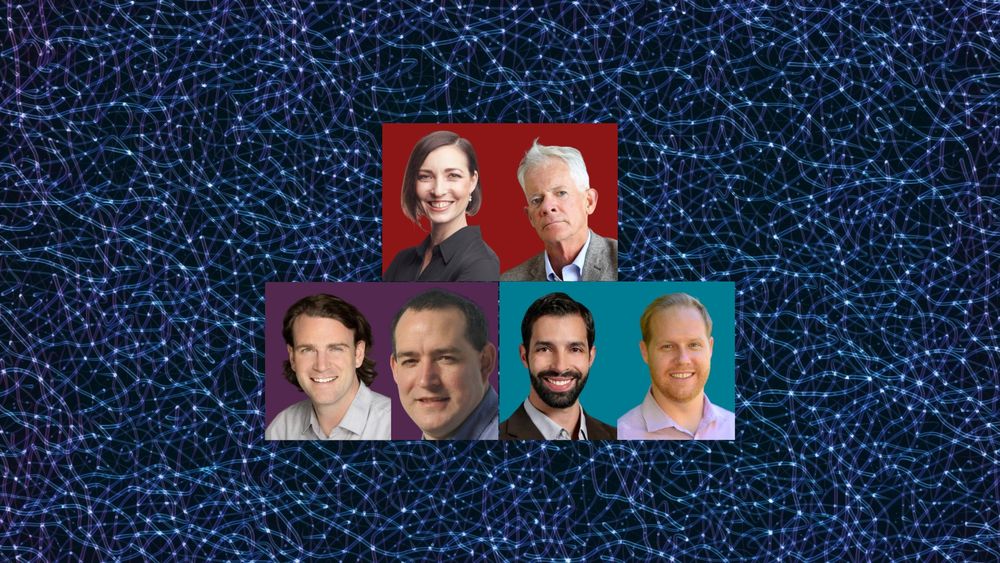
Learn more: neuroscience.stanford.edu/news/brain-i...

The announcement to move scientific review out of the institutes and centers into the Center for Scientific Review (CSR) and its potential consequences

The announcement to move scientific review out of the institutes and centers into the Center for Scientific Review (CSR) and its potential consequences
Our team found timing TMS pulses with music enhanced brain responses - an exciting potential pathway to improve stim effects. LOTS more to do!
Grateful to our village @stanfordmedicine.bsky.social 🙏. Esp the developer @jessicamross8.bsky.social
Thread below 👇 @stanfordmedicine.bsky.social #StanfordMed #StanfordBrain (1/10)
Our team found timing TMS pulses with music enhanced brain responses - an exciting potential pathway to improve stim effects. LOTS more to do!
Grateful to our village @stanfordmedicine.bsky.social 🙏. Esp the developer @jessicamross8.bsky.social
Dedicated to advancing neuroscience by deconstructing brain stimulation to build personalized treatments for mental health disorders 🚀
Check out our work and learn more about us!
🔗 precisionneuro.stanford.edu (1/2)
Dedicated to advancing neuroscience by deconstructing brain stimulation to build personalized treatments for mental health disorders 🚀
Check out our work and learn more about us!
🔗 precisionneuro.stanford.edu (1/2)
Thread below 👇 @stanfordmedicine.bsky.social #StanfordMed #StanfordBrain (1/10)
Thread below 👇 @stanfordmedicine.bsky.social #StanfordMed #StanfordBrain (1/10)
🎉Congrats to our co-director Chris Cline, lead developer of NaviNIBS!
We hope to enable new possibilities for innovations in neuronavigation #TMSEEG @stanfordmedicine.bsky.social (1/5)
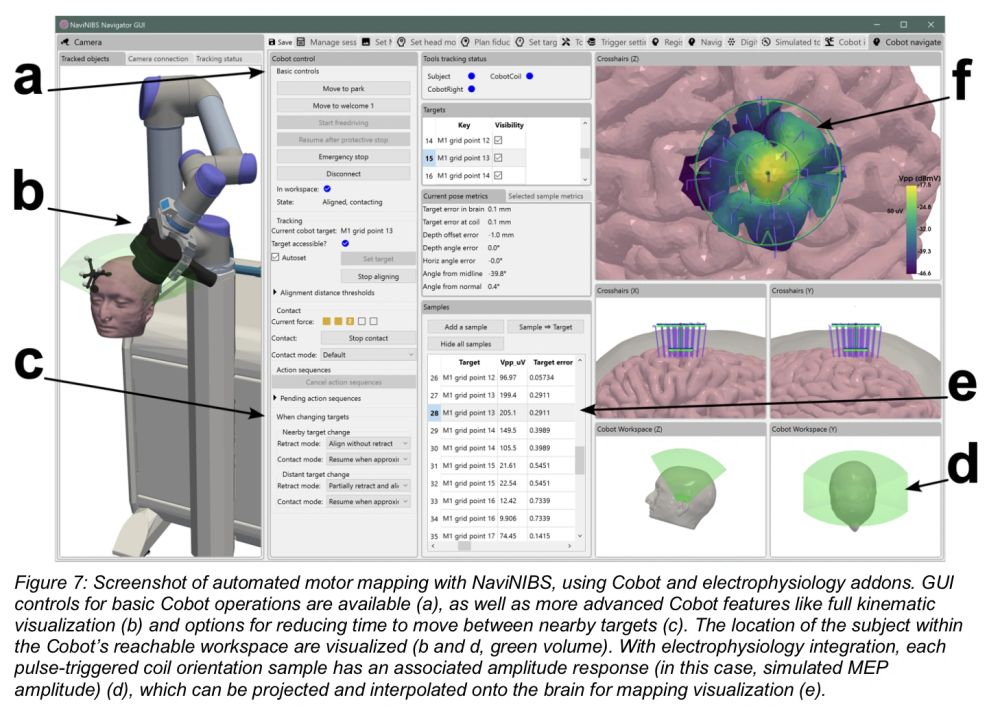
🎉Congrats to our co-director Chris Cline, lead developer of NaviNIBS!
We hope to enable new possibilities for innovations in neuronavigation #TMSEEG @stanfordmedicine.bsky.social (1/5)
Please let me know if others should be added!
Please let me know if others should be added!


